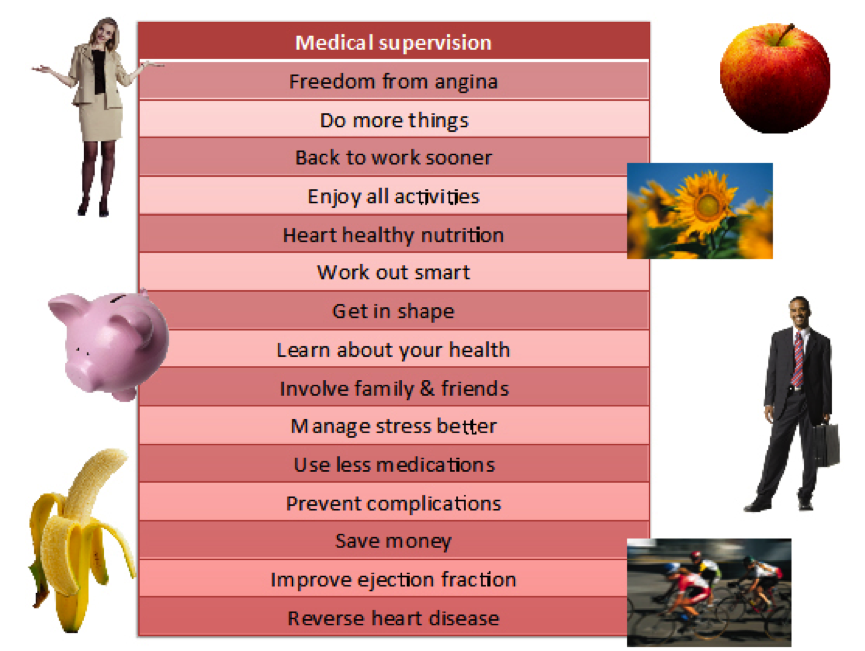The Definitive Guide for Narconon Africa
The Definitive Guide for Narconon Africa
Blog Article
The Main Principles Of Narconon Africa
Table of ContentsGetting The Narconon Africa To WorkWhat Does Narconon Africa Do?Narconon Africa Fundamentals ExplainedA Biased View of Narconon AfricaNarconon Africa Can Be Fun For EveryoneTop Guidelines Of Narconon AfricaThe 15-Second Trick For Narconon Africa
In a collection of documents with Manudeep Bhuller and Katrine V. Lken, we get rid of these information difficulties and the nonrandomness of imprisonment, supplying new insights right into how incarceration impacts relapse, employment, children, and criminal networks - Comprehensive rehab services. Number 1 Our work studies the effects of incarceration in Norway, a setting with two key advantagesWe can better connect this information to other family members, consisting of youngsters and siblings. In addition, we have info on co-offending that enables us to draw up criminal networks for observed criminal activities. Second, we can leverage the arbitrary job of criminal cases to judges who differ in their tendencies to send defendants to prison.
Yet some judges send accuseds to prison at a high price, while others are extra tolerant. We measure a judge's stringency as the ordinary imprisonment price for all other situations a judge takes care of, after managing for court and year fixed effects, which is the degree of random task. This quasi-random assignment of judge stringency can be used as an instrument for incarceration, as it highly forecasts the court's choice in the current instance, yet is uncorrelated with other case characteristics both by design and empirically.
The Only Guide for Narconon Africa
Features of detainees, including demographics and crime classifications, are broadly comparable in Norway and other countries, consisting of the United States, with the exceptions that the United States murder rate is much higher, and race plays a larger role there. What stands out as various, specifically compared to the United States, is the jail system.
Number 2In Norway, the average time invested in jail is a little over 6 months, which is comparable to most various other Western European nations. This contrasts with typical US jail time of nearly 3 years, which is in huge part the factor the United States is an outlier in its imprisonment price compared to the remainder of the globe [Number 1]
An Unbiased View of Narconon Africa
This gives much even more splitting up in between small and solidified wrongdoers than exists in the United States. There is no overcrowding in Norwegian prisons and far better personal safety, with each detainee being appointed to their own cell and a higher inmate-to-staff ratio than in the USA (https://wordpress.com/post/narcononza12.wordpress.com/2). Jails in Norway additionally offer well-funded education and learning, medicine treatment, mental health and wellness, and work training programs
Our research study on the effects of incarceration on the offender, using the random project of judges as a tool, returns three key findings. Jail time inhibits further criminal behavior. We discover that incarceration reduces the likelihood that an individual will certainly reoffend within 5 years by 27 percentage points and decreases the matching number of criminal costs per individual by 10 charges.
Rumored Buzz on Narconon Africa
We discover large reductions in reoffending probabilities and cumulative billed crimes even after defendants are released from prison. Our 2nd outcome is that bias due to choice on unobservable specific characteristics, if neglected, causes the erroneous conclusion that time spent behind bars is criminogenic. If we simply contrast criminal defendants sentenced versus those not imprisoned, we discover favorable associations between incarceration and subsequent criminal offense.
This stands in contrast to our analysis based upon the arbitrary job of judges, which locates an opposite-signed outcome. Third, the decrease in crime is driven by individuals that were not working before incarceration. Among these individuals, imprisonment raises engagement in programs guided at improving employability and minimizing regression, and this ultimately elevates employment and earnings while inhibiting criminal habits.

Jail time creates a 34 percentage point rise in engagement in job training programs for the previously nonemployed, and within five years their work rate boosts by 40 percent points. At the same time, the probability of reoffending within 5 years is reduced by 46 percentage points, and there is a decrease of 22 in the average variety of criminal fees.
An Unbiased View of Narconon Africa

A plausible explanation for the difference is that Norway's jail system differs markedly, both in terms of prison-term size and jail conditions, from the United States prison system. While understanding the results of incarceration on the offender is a vital initial step, recording spillover impacts is also vital for assessing criminal justice plan and making effective jail systems.
Narconon Africa Fundamentals Explained

Ordinary least squares approximates expose that children of incarcerated papas are 1 percentage factor more probable to be billed with a criminal activity, about a mean of 13 percent, and show no impact on college qualities. Using our court stringency tool, we discover no analytical proof that a daddy's imprisonment affects a kid's own crime or college grades, but we are unable to eliminate modest-sized effects.
The Definitive Guide for Narconon Africa
We define criminal teams based upon network links to prior criminal cases. Our analysis returns 3 major searchings for. Initially, when a criminal network participant is put behind bars, their peers' likelihood of being billed with a future crime reduces by 51 percent factors over the following 4 years. Likewise, having an older sibling jailed minimizes the likelihood his more youthful brother will be billed with a criminal offense by 32 percent points over the next 4 years.
Report this page